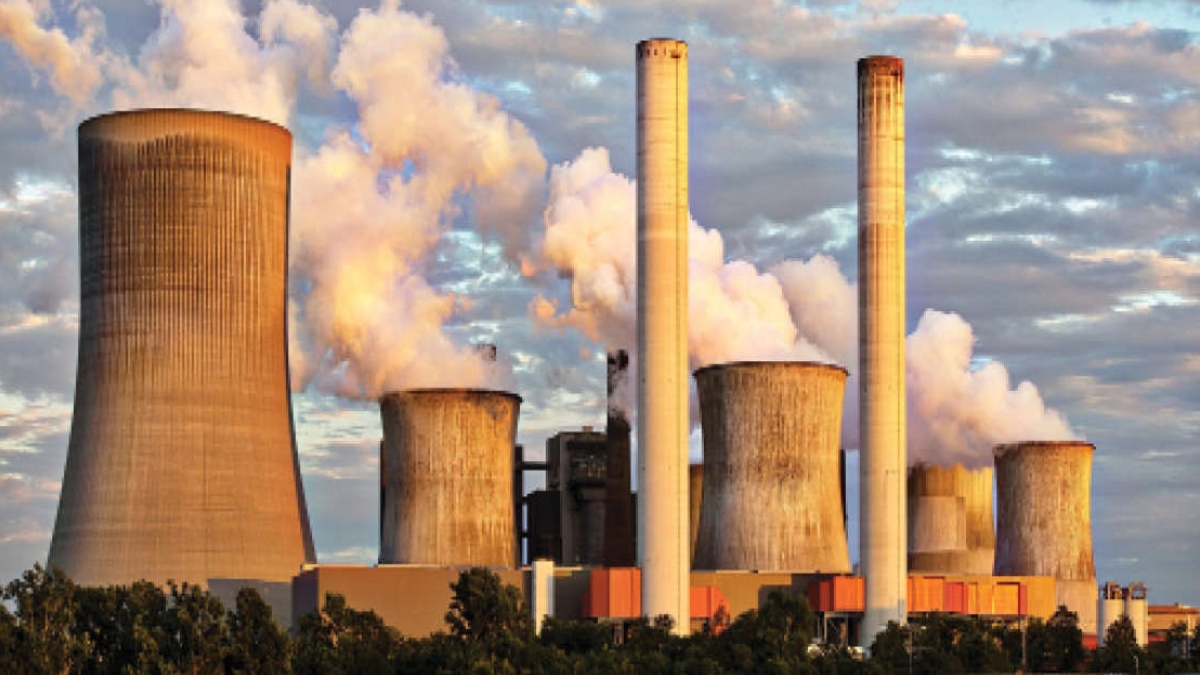


Stanford researchers have observed higher levels of air pollutants within 2.5 miles of oil and gas wells, likely worsening negative health outcomes for residents.
The findings of the study were published in the journal ‘Science of The Total Environment’.
The scientists analysed local air quality measurements in combination with atmospheric data and found that oil and gas wells are emitting toxic particulate matter (PM2.5), carbon monoxide, nitrous oxide, ozone and volatile organic compounds (VOCs). The findings will help researchers determine how proximity to oil and gas wells may increase the risk of adverse health outcomes, including preterm birth, asthma and heart disease.
“In California, Black and Latino communities face some of the highest pollutions from oil and gas wells. If we care about environmental justice and making sure every kid has a chance to be healthy, we should care about this. What’s novel about our study is that we’ve done this at a population, state-wide scale using the same methods as public health studies,” said lead author David Gonzalez, who conducted research for the study in Stanford’s Emmett Interdisciplinary Program in Environment and Resources (E-IPER).
The findings align with other smaller-scale studies that have measured emissions from a handful of wells. At least two million Californians live within one mile of an active oil or gas well.
“It’s really hard to show air quality impacts of an activity like oil and gas production at a population scale, but that’s the scale we need to be able to infer health impacts,” said senior study author Marshall Burke, an associate professor of Earth system science at Stanford’s School of Earth, Energy and Environmental Sciences (Stanford Earth).
The research has revealed that when a new well is being drilled or reaches 100 barrels of production per day, the deadly particle pollution known as PM2.5 increases by two micrograms per cubic meter about a mile away from the site.
A recent study published in ‘Science Advances’ found that long-term exposure to one additional microgram per meter cubed of PM2.5 increases the risk of death from COVID-19 by 11 per cent.
“We started in 2006 because that’s when local agencies started reporting PM2.5 concentrations. We’re very concerned about the particulate matter because it’s a leading global killer,” said Gonzalez.
The team evaluated about 38,000 wells that were being drilled and 90,000 wells in production between 2006 and 2019. They developed an econometric model incorporating over a million daily observations from 314 air monitors in combination with global wind direction information from the National Oceanic and Atmospheric Administration (NOAA) to determine if the pollutants were coming from the wells. They analysed locations with air quality data of before and after a well was drilled.